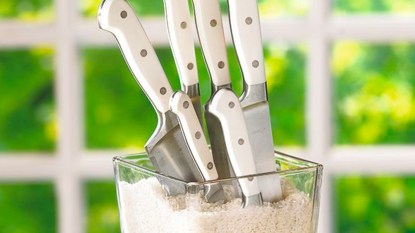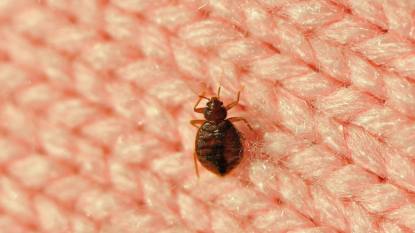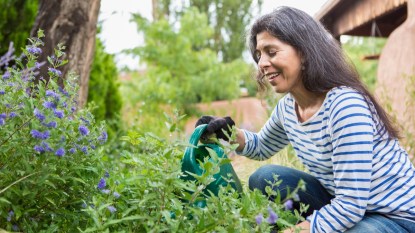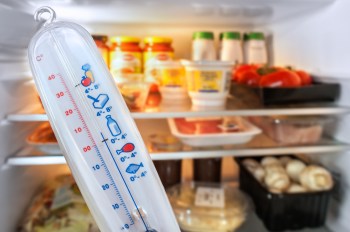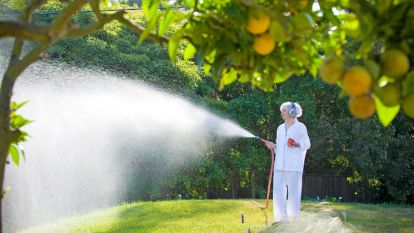Gardening 101: Everything You Need to Know to Plant Your Dream Garden This Spring
You don’t need a so-called green thumb to be a great gardener.
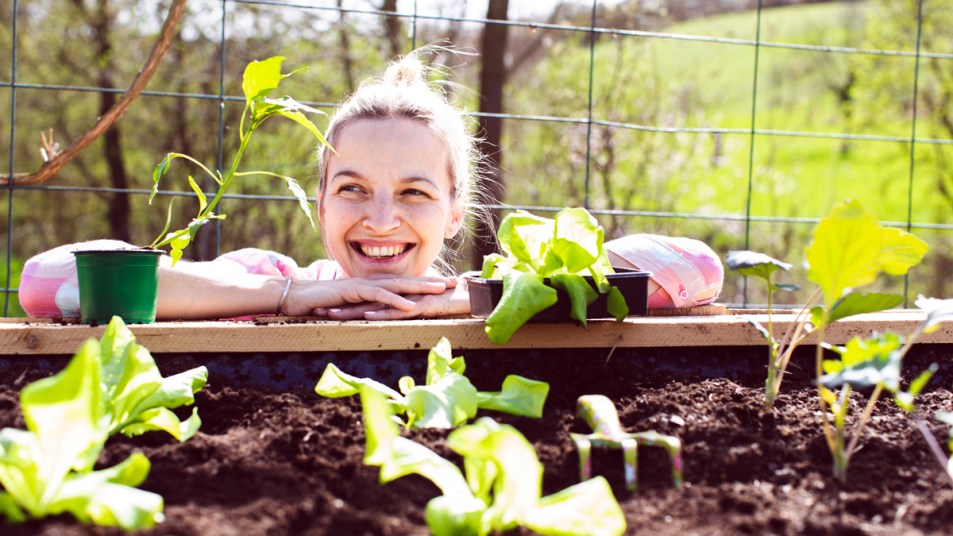
It might seem like gardening for beginners is a concept that doesn’t actually exist, but it really isn’t all that hard to get started growing some gorgeous greenery.
Over the years, I’ve spoken to hundreds of gardeners, written dozens of articles on plants, and even authored a book all about finding gardening success, Plants You Can’t Kill: 101 Easy-to-Grow Species for Beginning Gardeners ($12.99 [Originally $16.99], Amazon).
In that time, I’ve learned quite a few of key factors that every potential home gardener should know before diving in. First, seasoned gardeners are usually eager to help others and share their experiences, so don’t be afraid to ask for advice! And second, no matter what you’re trying to grow, it almost always comes down to the same essential steps time and time again.
Here are the best steps I’ve seen work for beginning gardeners and avid plant lovers in general. I hope they can help you have your best garden ever!
Step 1: Make sure your planting plans are realistic.
Hands down, this is one of the biggest reasons so many people fail at gardening. They set their sights on having a massive and ornate garden… and when it becomes too much to care for, they feel like they’ve failed. If you’re starting to garden for the first time or you’re picking the hobby back up, don’t let this happen to you! Instead, focus on an attainable plan.
Maybe you just want to have one raised bed of veggies out back, or a few pots of butterfly-friendly plants out on your patio. I know when you go to the garden center or these days, look online, it’s easy to dream big, but it’s best to conquer a smaller plan first. This will help you establish a routine you can actually keep up. So in this first step, figure out what kind of garden you’re going to have — veggie, bee-friendly, hanging baskets, etc. Then you can start planning on the types of plants to buy.
Step 2: Skip starting with seeds and impractical plants.
I know it’s a romantic notion to start your own plants from seed. The photos of little seedlings alone is enough to inspire any gardener. Plus, it does help save money. But the reality is, starting plants from seeds is challenging. You have to get the timing right and, to truly be successful, you often need grow lights and other pricey supplies.
Also be careful not to fall in love with impractical plants for your area. You might see a really cool flower, veggie, or other plant in a picture that you really want to add to your yard. But before you get your heart set on it, learn more about what it needs to thrive. Is it a sun-loving plant, but you only have shade? Is it a tropical plant that requires a certain type of soil?
I wanted to grow blueberries one year but didn’t have the right soil, so the plant withered away within months. That didn’t make me a bad gardener — it just made me reconsider my options. (I successfully grew raspberries the next year instead.) It can be frustrating to find out some plants won’t work well for you, but usually there are similar alternatives.
Step 3: Take time to properly prep your garden area.
How is your soil? Unless you’re growing plants in pots or containers and plan to buy soil, this is a major factor. An easy soil test is checking out how many earthworms you find when you do a sample dig in the garden area. It might sound a little gross, but worms are always a sign of good soil health.
If you know or suspect you don’t have great soil, you’ll want to modify it with organic material, compost, or better soil. Definitely figure this out and prep your garden area with good, quality soil before you ever add any plants — it will make a huge difference. As for growing in pots or containers, just make sure you have proper drainage in all of your containers.
Step 4: Buy plants from a reliable local supplier.
It can be tempting to pick up plants from your local supermarket or big box store because they’re inexpensive and convenient. However, you’ll often get better quality plants and pick up some great gardening knowledge when you buy from a local garden center.
If you love a certain flower or veggie, go talk to someone at your local garden center. First of all, they likely won’t be carrying plants that don’t work well for the area. Second, they can help give you personal advice based on your yard needs. If you have sandy soil, shady areas, or just need drought-tolerant plants, ask for ideas at your local supplier. They can steer you in the right direction.
You can also look for gardening groups to join in your area (even if it’s just a Facebook group) to get ideas.
Step 5: Pick the right time to plant.
You might be itching to grab some plants on that first 70-degree day of the year. It feels like spring, and you want to get your garden going. However, it’s important to know the frost dates in your area. The Old Farmer’s Almanac can help you out with that.
The last thing you want to do is spend $200 on plants and gardening supplies only to then have all your plants die because of a late frost. If you’re eager to get started, try doing containers and hanging baskets first. This way, you can easily move them inside or cover them if the temperatures dip.
Step 6: Know when to give your plants more water.
Once you have your plants in the ground, be sure to give them water and care. This seems pretty obvious, but those first days are critical. Now you don’t want to overwater young plants — that can be bad, too — but it’s not rocket science to figure out if a plant needs water. Go up to your plants and feel the soil at the base of the stems. If it’s moist, you’re probably good. If it’s dry, it needs a drink.
Other than that, plant care is just keeping a close eye on how they’re doing. If you have hanging baskets, are the flowers wilting because they’re not getting enough sun? If so, move the baskets. Do you know your soil is so-so in your veggie garden, so you need to add fertilizer once a week? Then put it on your calendar so you won’t forget. Every now and then, you’ll end up with a starter plant that isn’t the healthiest and doesn’t make it in those first days. Don’t feel bad, you can always replace it.
Step 7: Don’t forget about maintenance.
After dreaming too big, this is probably the second reason gardens don’t make it. You just get busy and tend to forget about your blooms. I get it — I’ve been guilty of forgetting about watering duties by mid-July. But don’t equate forgetting to water with being a bad gardener.
Another important maintenance duty: weeding. You don’t want pesky weeds to take all of the important nutrients and water from your plants, so get into a routine of weeding regularly. If you can pull them out when they’re young, it is so much easier.
Those are the essential tips I’ve discovered over the years of cultivating pretty much any type of garden. Whether you’re growing flowers or veggies, these steps will help you have the best chance at success!



